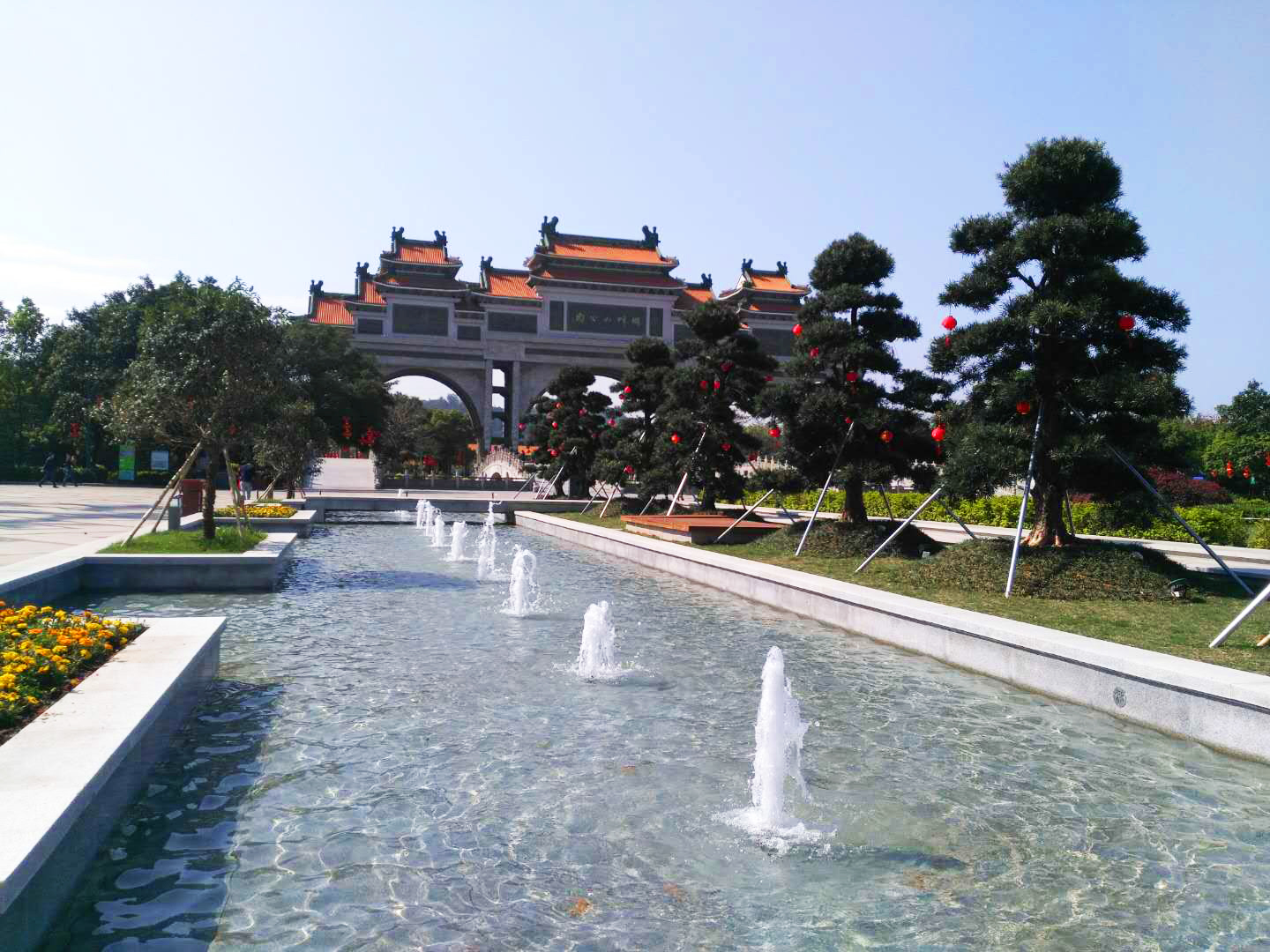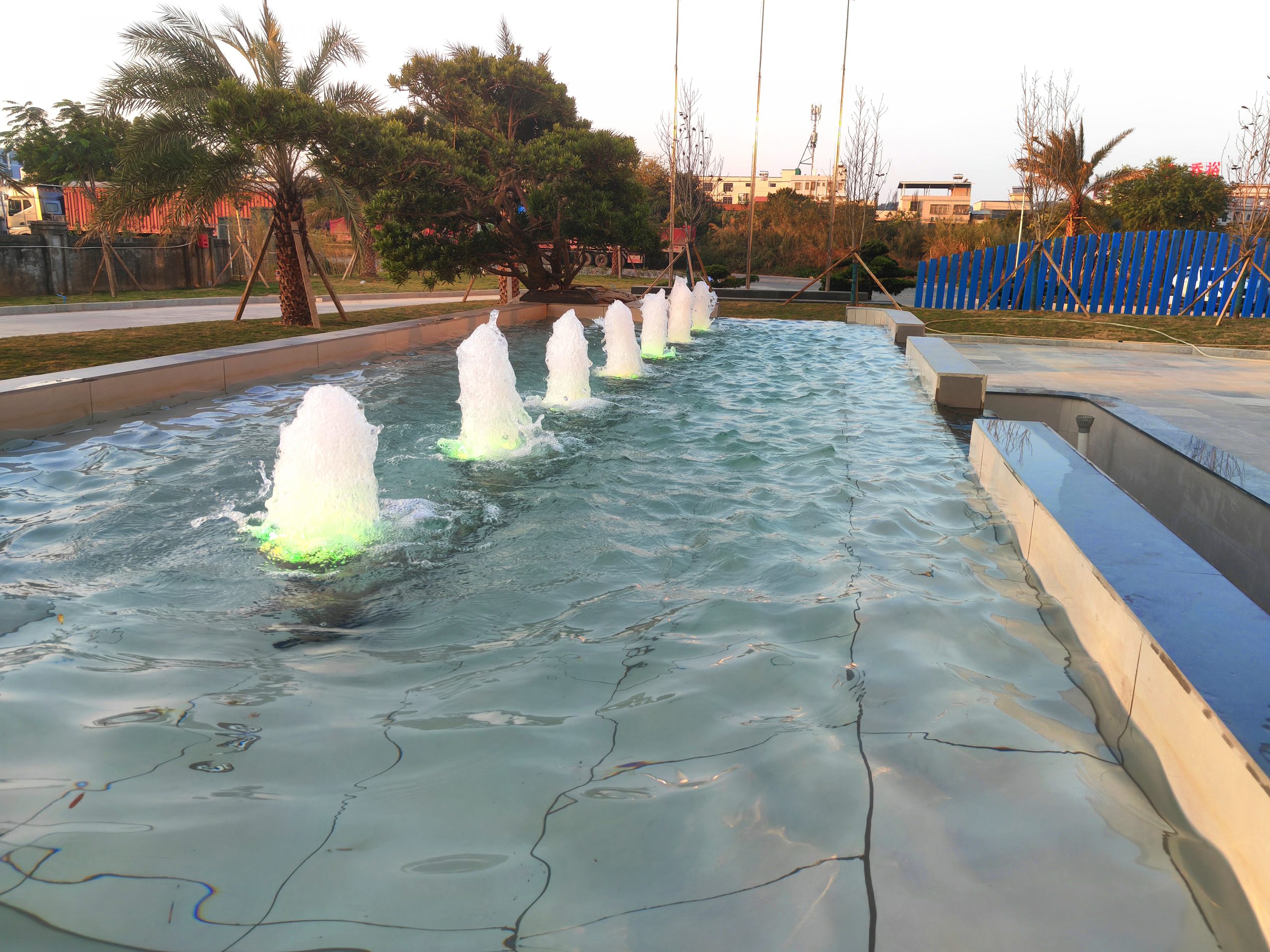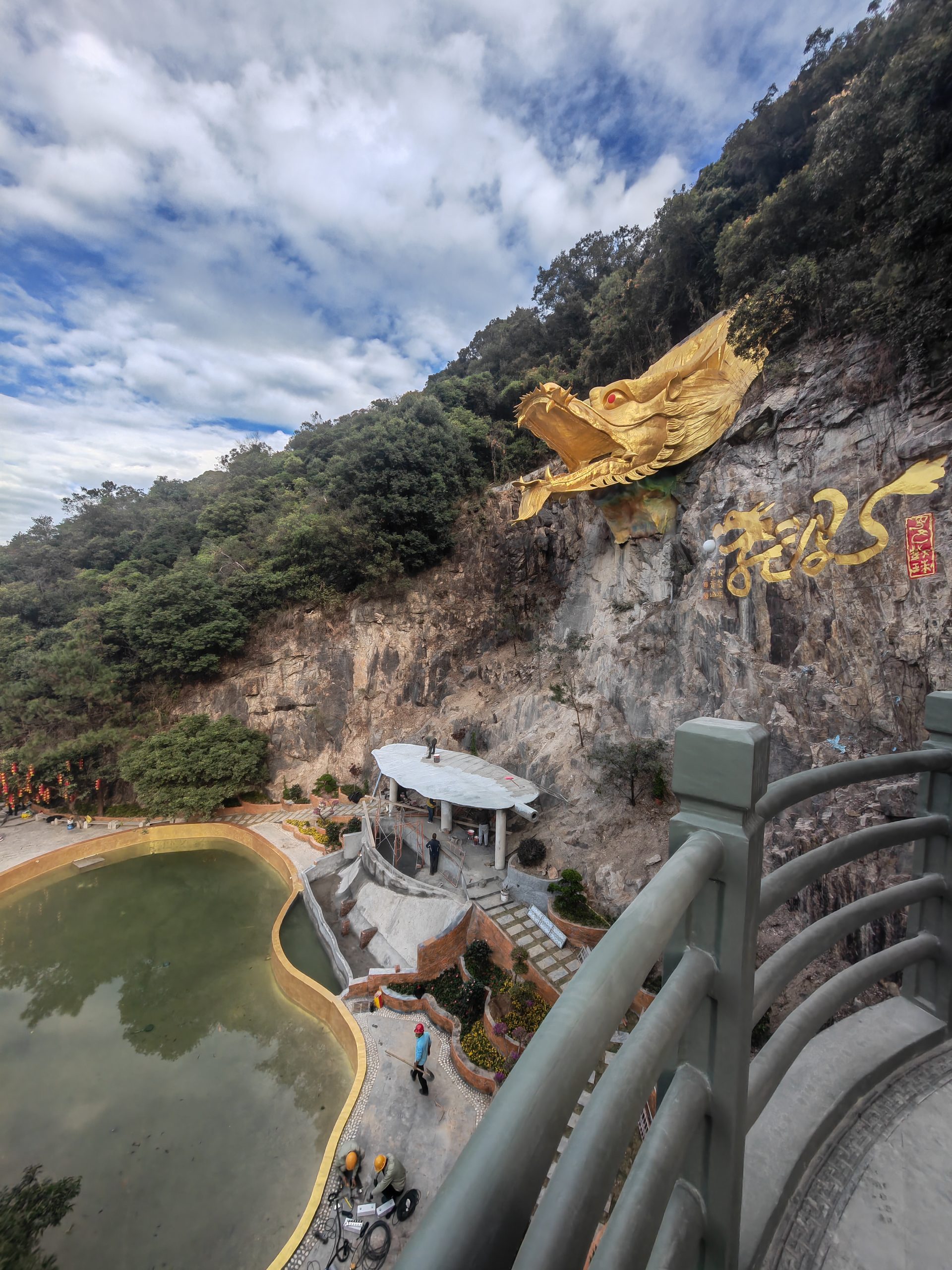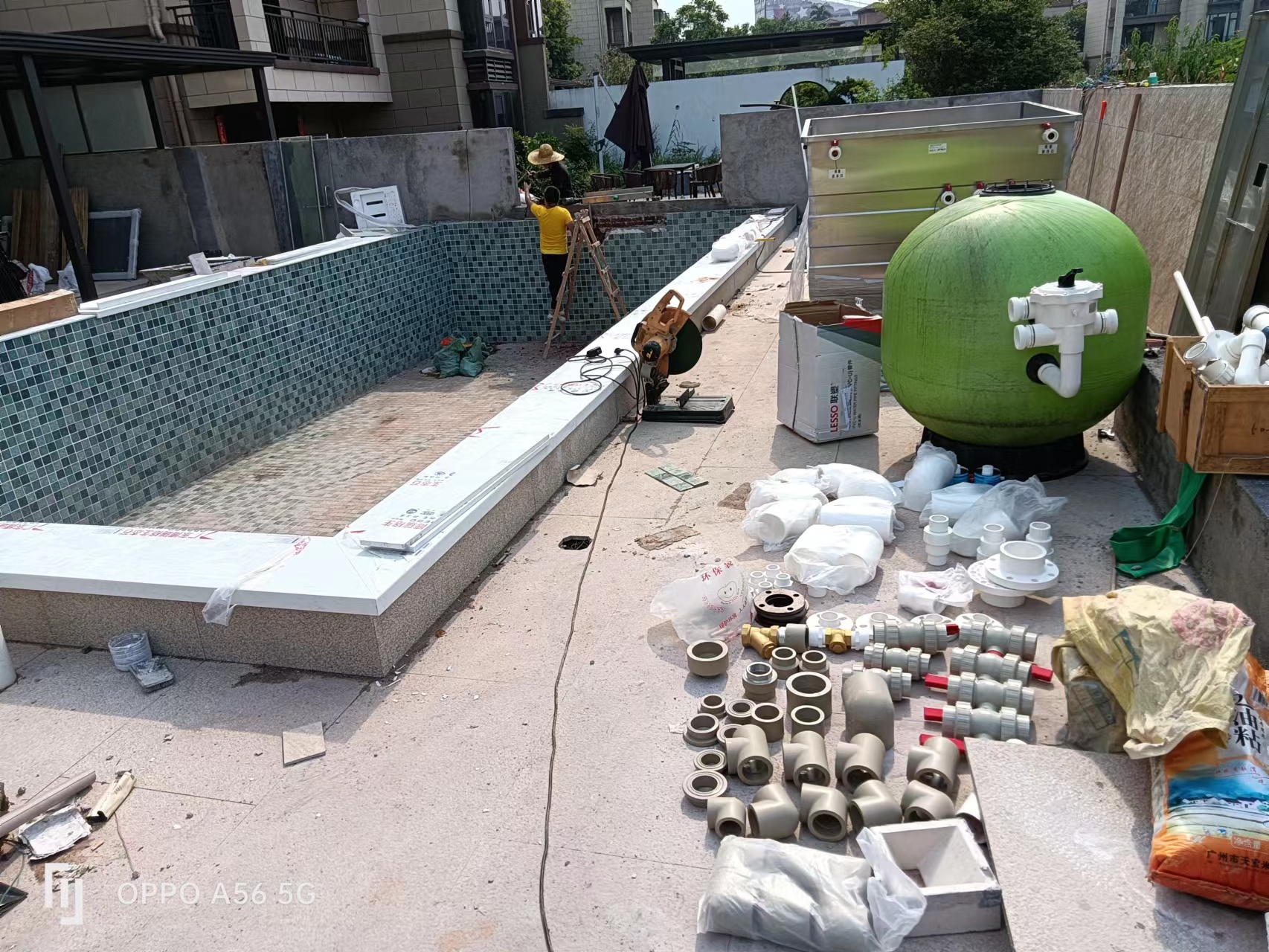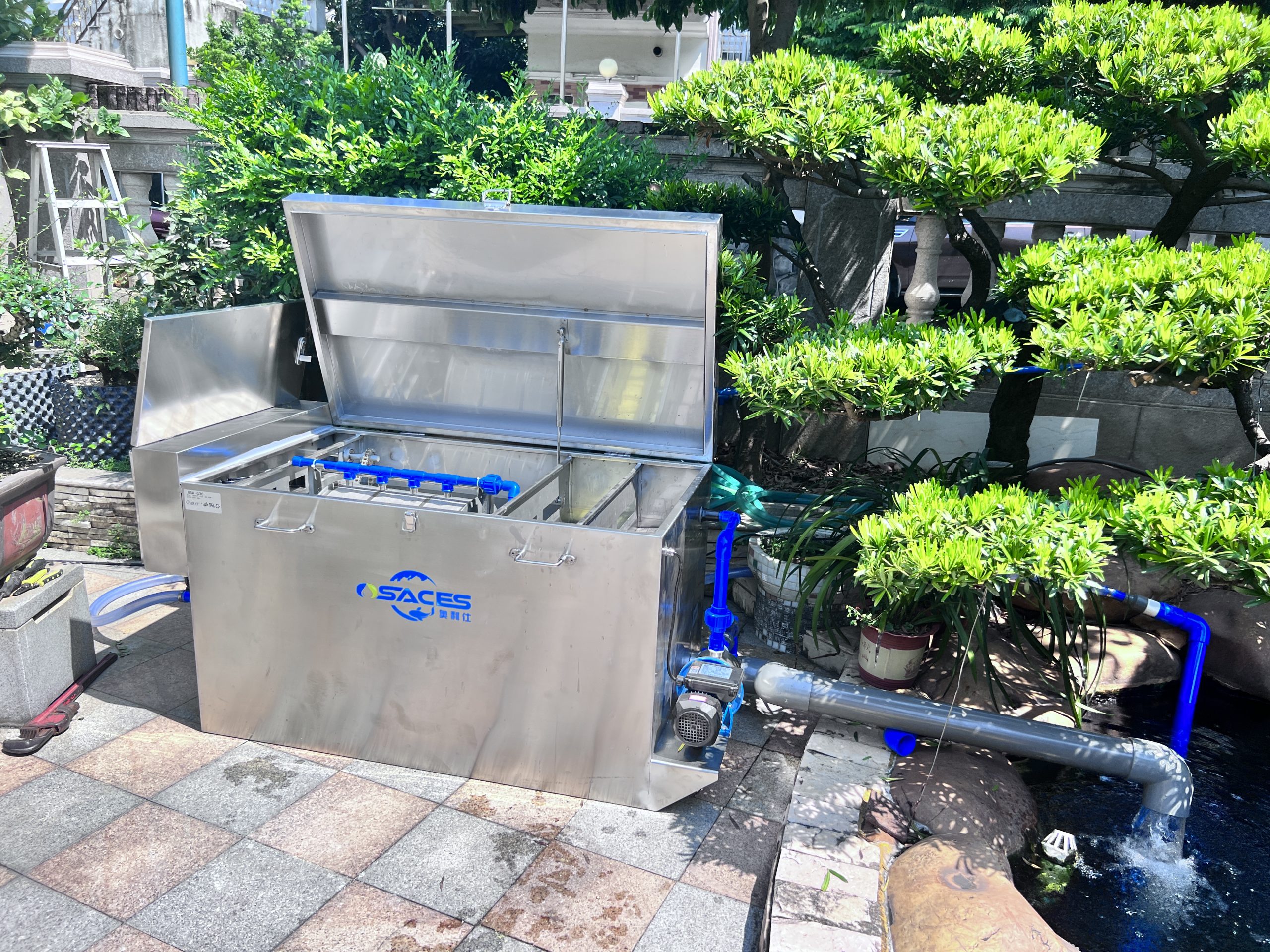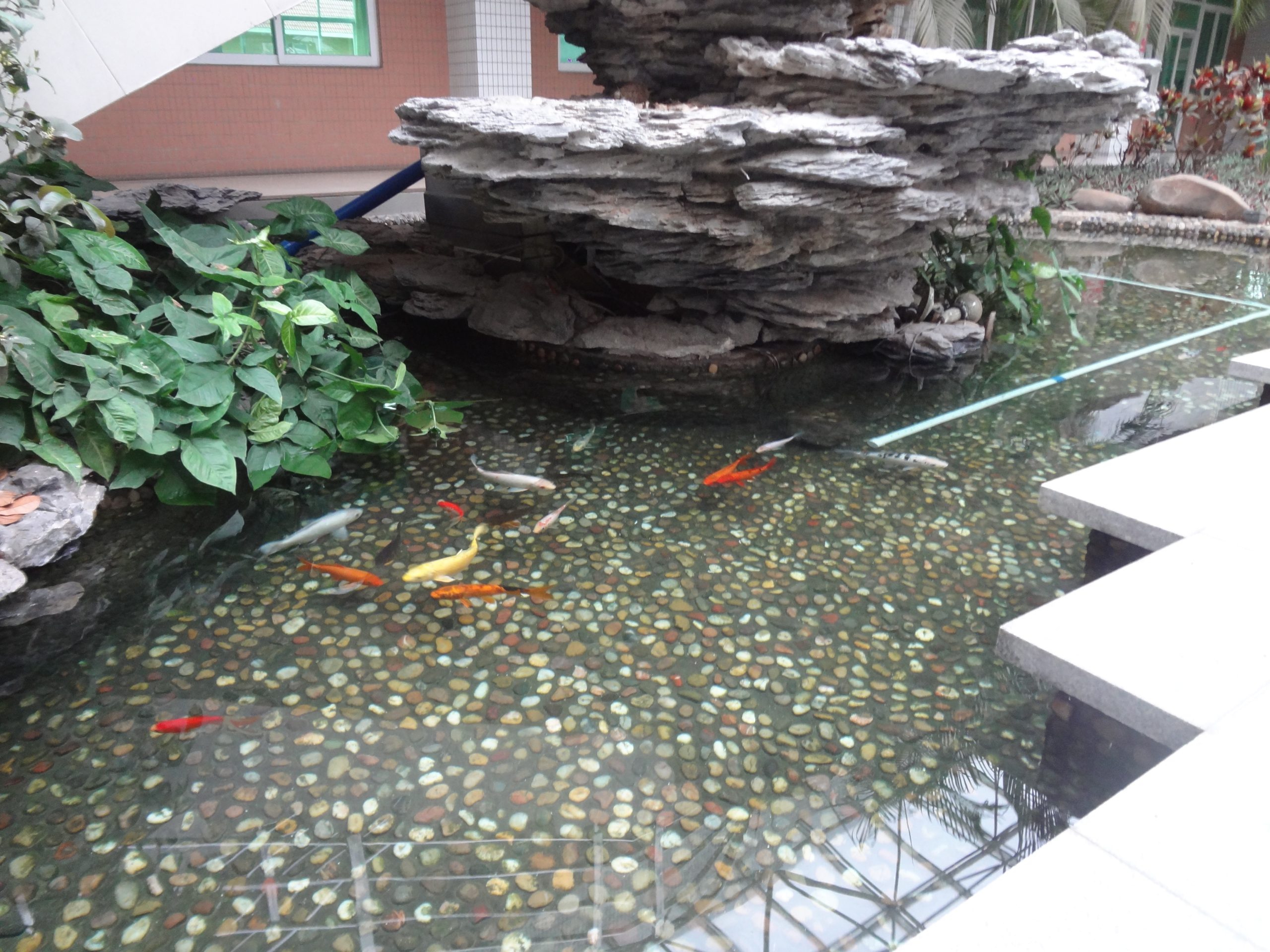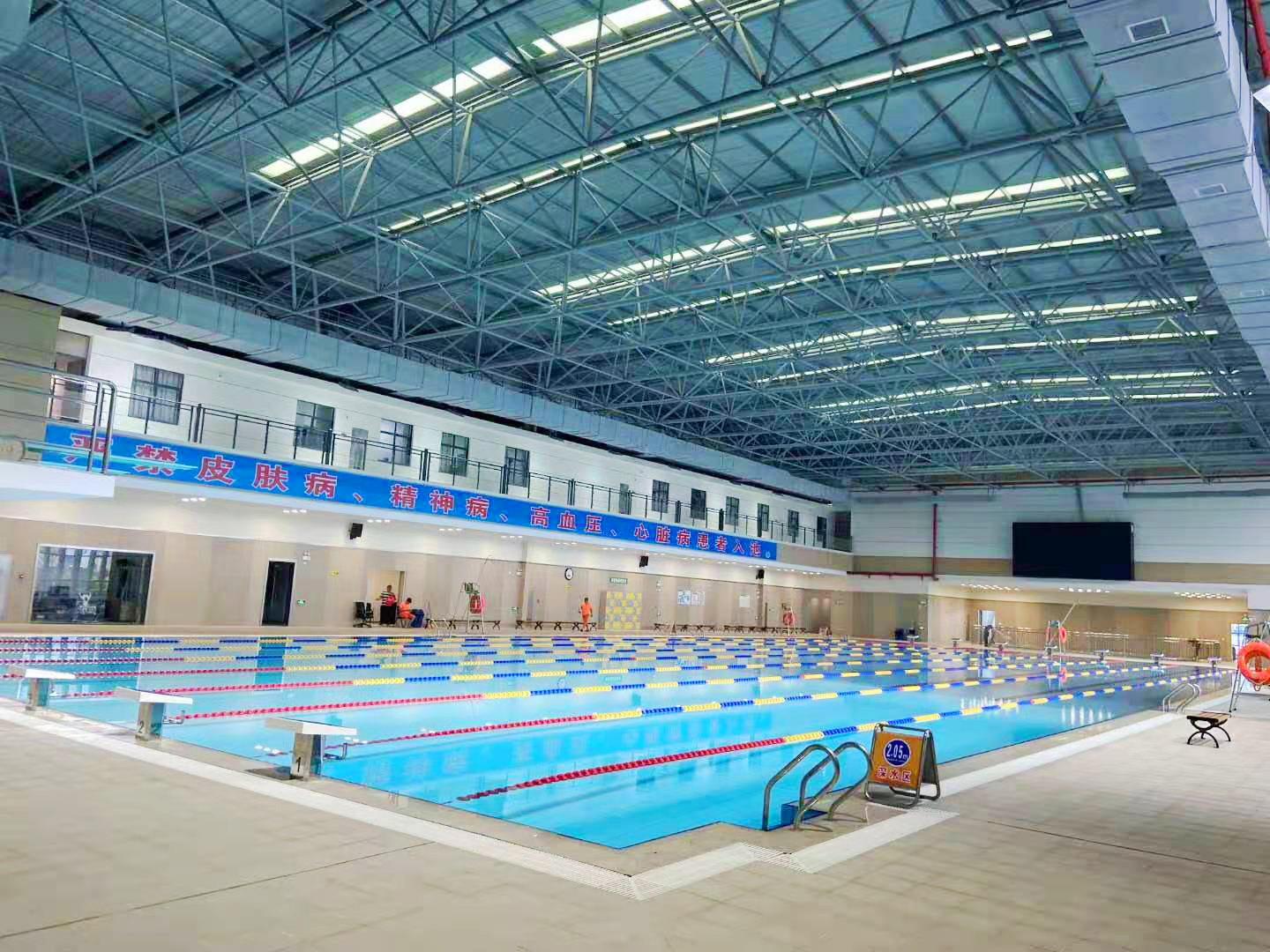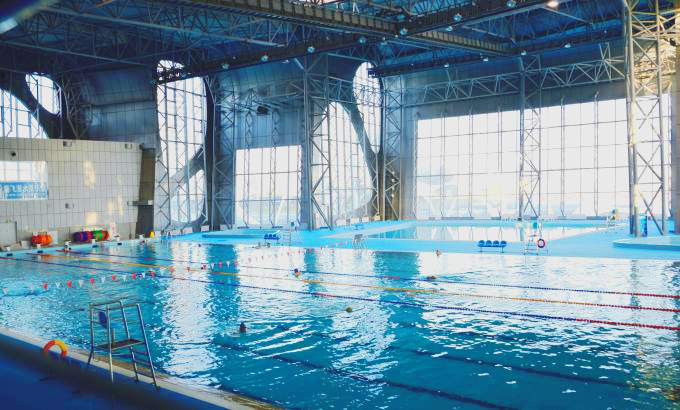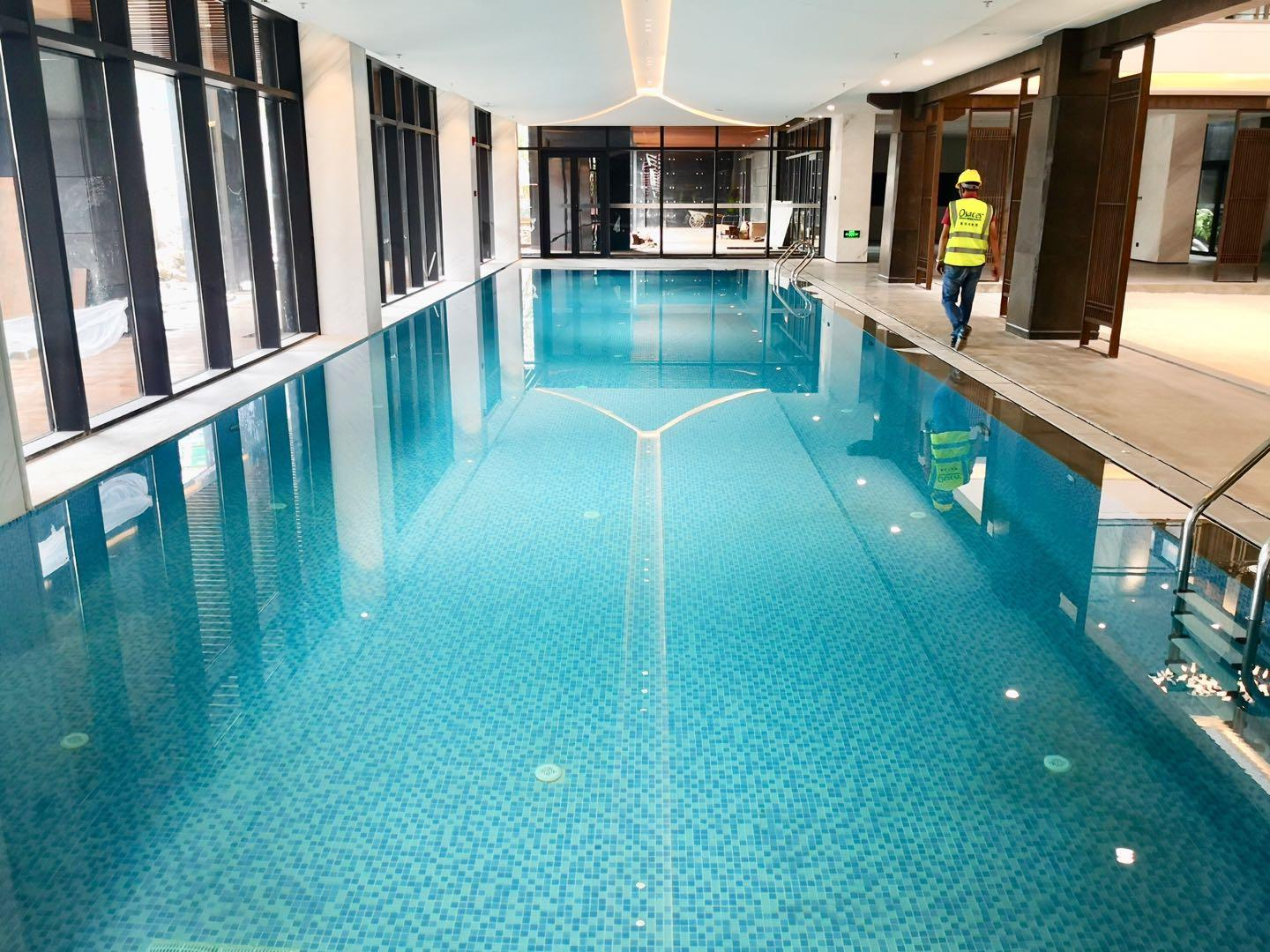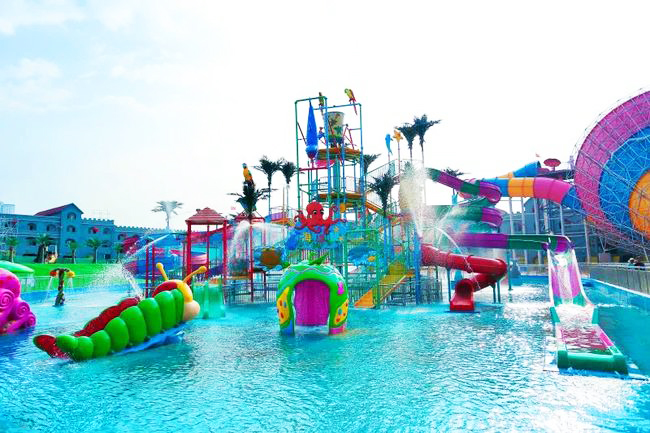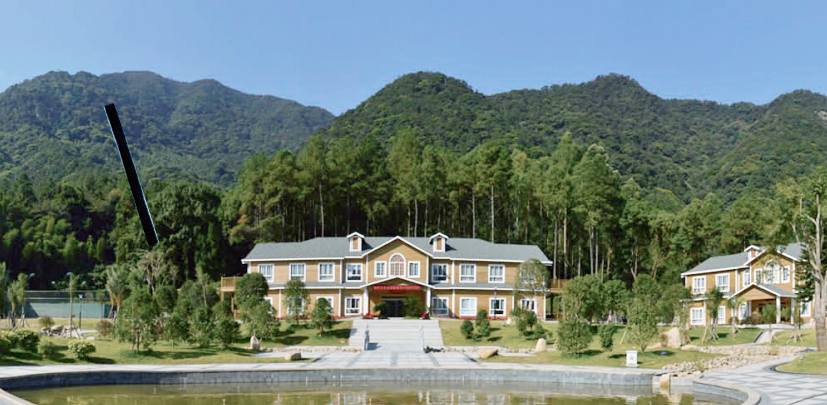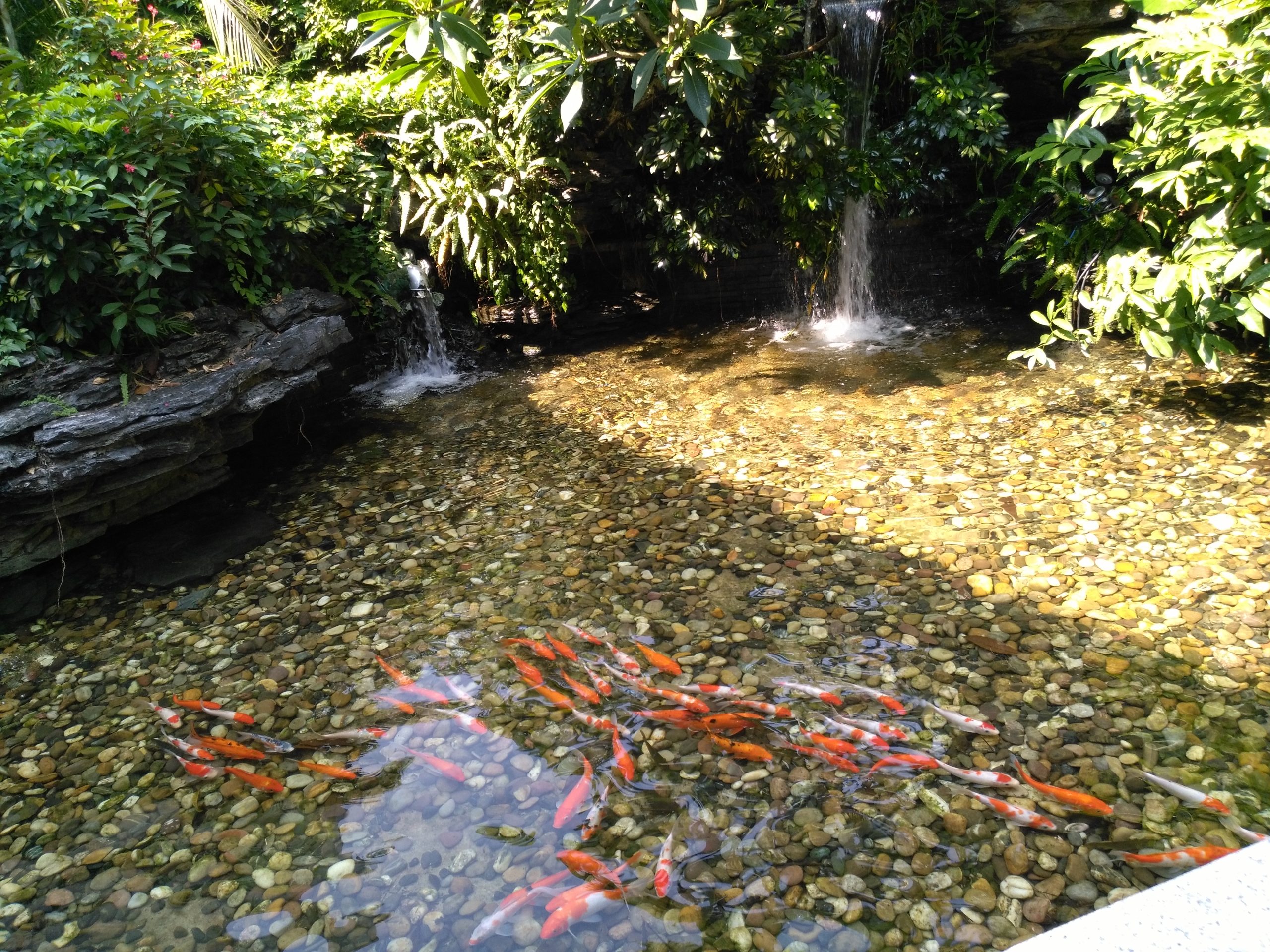common problems
contact details
 Ollies (Guangzhou) Recreation and Sports Equipment Co.
Ollies (Guangzhou) Recreation and Sports Equipment Co.Tel: (020) 82686289
Fax: 020-82694853
Headquarter: No.31-37, Xincun 2 Road, Shangjiang North Street, Dongzhou Village, Xintang Town, Zengcheng City, Guangzhou, Guangdong, China
From zero to professional: a complete guide to pool equipment configuration that even a beginner can understand
Behind the clarity and health of the pool, the choice of water treatment equipment is often the core of success or failure. Whether it is a small pool in a private villa, or a commercial venue with a huge flow of people, the complexity of water quality maintenance is far more than imagined - bacterial growth, chemical residues, waste of energy and other problems occur frequently, and the root cause often lies in the configuration of the equipment errors. In the face of a wide range of products and technical parameters on the market, how to screen from a professional point of view to adapt, efficient and durable equipment? This article from the pool type, equipment performance, intelligent monitoring to industry standards, dismantling the key decision-making points, to help you avoid misunderstandings, with scientific configuration to achieve "a pool of blue water, long and worry-free".
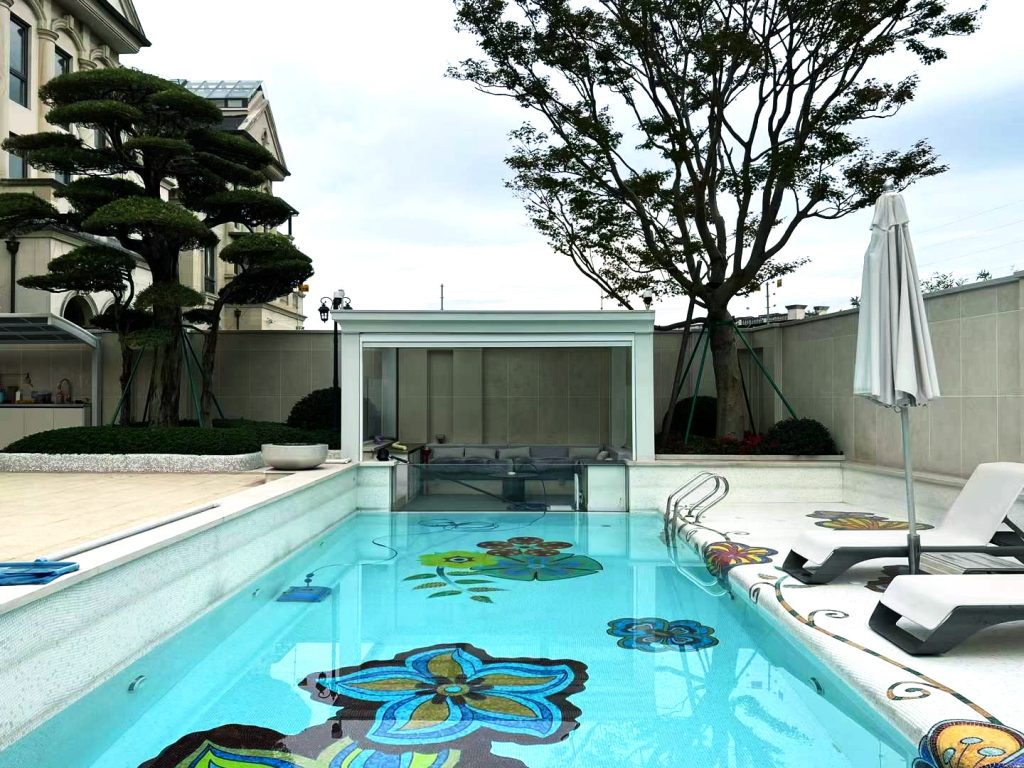
I. Define the type and needs of the pool
- Villa/Private Pool: Prefer all-in-one equipment (e.g., wall-mounted or embedded), which eliminates the need for a server room and complex plumbing, and is easy and inexpensive to operate.
- Community/Hotel Pool: A machine room system with filtration, disinfection, thermostat and water quality monitoring equipment is required to ensure safe water quality under high foot traffic.
- Large venues/standard pools: A traditional engine room sand tank pump system with ozone sterilization and heat pump heating is used to meet the demands of high-intensity use.
II. Core equipment selection criteria
-
circulating water pump
- Need to be energy efficient, give priority to products with excellent hydraulic design to ensure rapid circulation of water and low energy consumption.
- Parameter requirements: capacity, head, working pressure need to match the size of the pool, and have short circuit protection, overload protection and other safety features.

-
filtration system
- Filter sand cylinder is standard, need to match with quartz sand or AFM anti-biotic filter media to enhance the filtration precision to 5-15μm.
- Hair filters need to choose corrosion-resistant materials (such as stainless steel, copper), the total area of the filter cylinder orifice is not less than the cross-sectional area of the pipe.
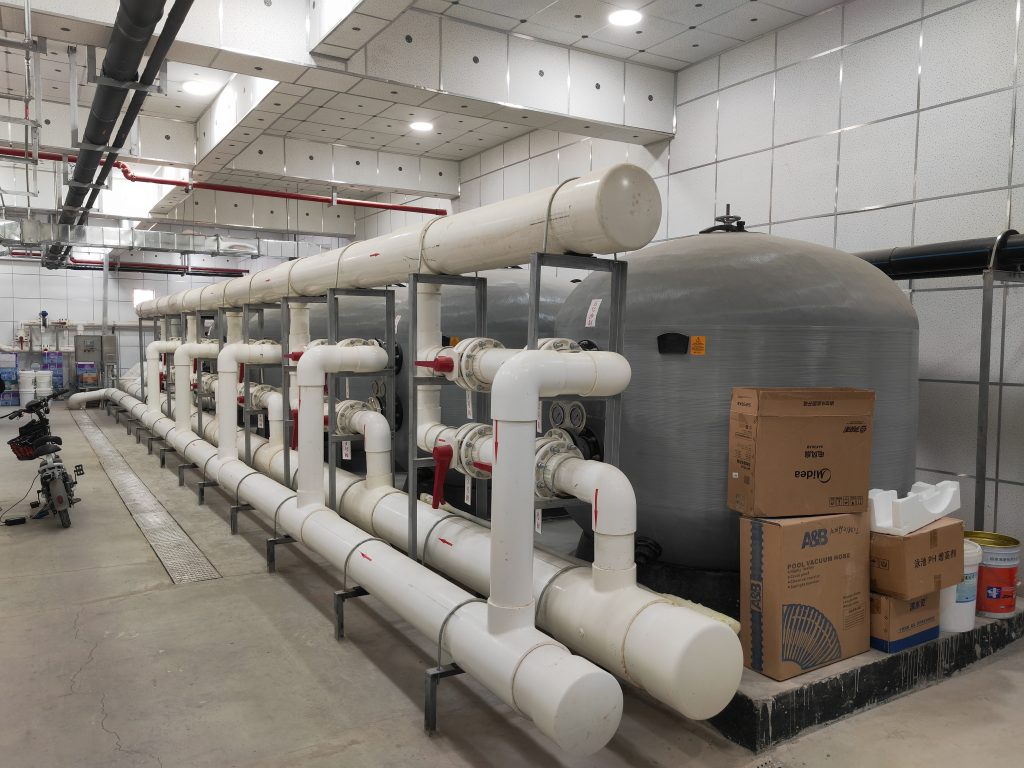
-
Sterilization equipment
- The UV sterilizer (medium pressure type) kills microorganisms and has no chemical residue, making it suitable for scenarios with high environmental requirements.
- An ozone generator or low chlorine system reduces chemical use and enhances water purity.

Third, water quality monitoring and auxiliary functions
- Real-time monitoringConfiguration of water quality monitor, real-time detection of pH, residual chlorine, turbidity and other indicators, abnormal automatic alarm.
- thermostatic systemIndoor swimming pools need to be equipped with air source heat pumps or electric heaters to maintain a constant water temperature.
- ancillary facilities: Automatic dosing pumps, backwater prevention devices, dehumidifiers, etc. can enhance the automation of the system.
IV. Brand and after-sales service
- Preferably well-known brands: Established brands (e.g. Ollies, AQUA, Desiree) usually have strict workmanship, stable quality and good after-sales service.
- Verification of qualifications: Check whether the nameplate and technical parameters of the equipment are clear, and ask for the manufacturer's certification documents.
V. Precautions
- Material Durability: Shells, filters, etc. need to be corrosion-resistant (fiberglass, stainless steel) to avoid rust or moss growth.
- filtration efficiency: The filtration system needs to be able to remove suspended solids, colloidal particles and microorganisms to ensure that the water quality meets international standards.
- system integration: Prioritize equipment with a high degree of automation to reduce manual maintenance costs.
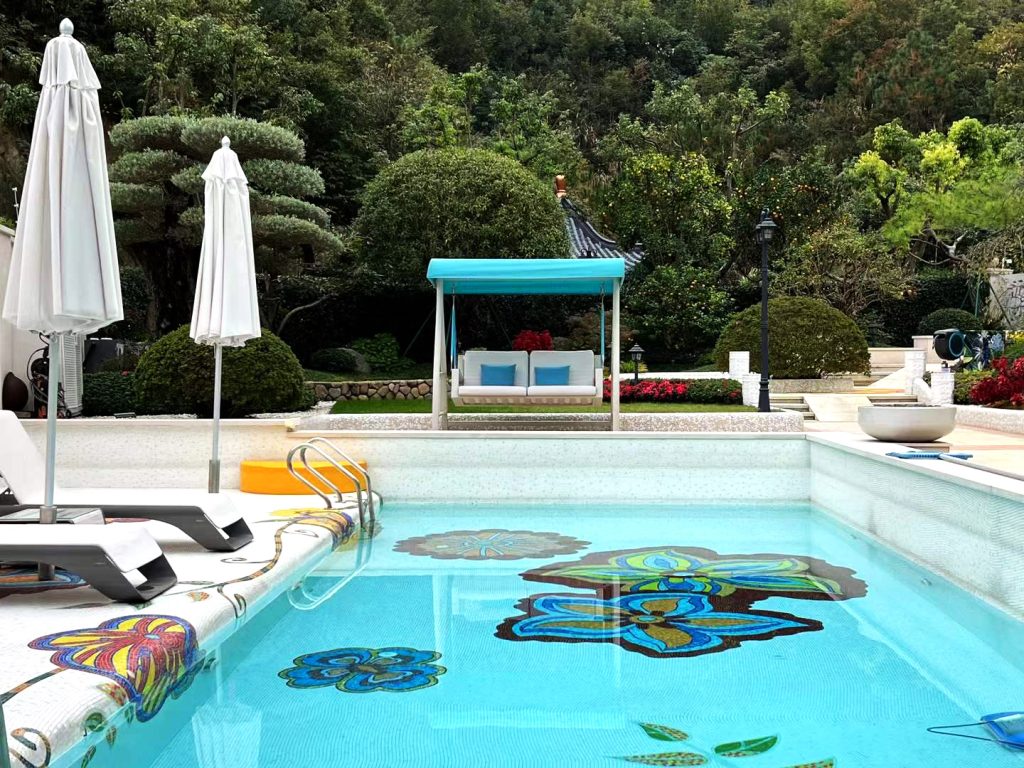
The professional selection of swimming pool water treatment equipment is essentially a precise match of "demand and technology". From filtration precision to disinfection, from energy consumption control to intelligent operation and maintenance, the rigorous consideration of each link will be directly mapped to the water quality and safety and operating costs. Whether it is the initial configuration or equipment upgrading, the only way to truly achieve the goal of efficient, environmentally friendly and low-maintenance swimming pool management is to choose a mature brand based on scientific data (e.g., cycle calculations, water quality national standard parameters) combined with scenario requirements. Let professional equipment become the "invisible guardian" of water quality, your pool, it is worth controlling the purity of every drop of water from the source.
Related content
- From zero to professional: a complete guide to pool equipment configuration that even a beginner can understand
- The Golden Ratio of Swimming Pool Ventilation and Dehumidification Systems: The Balancing Act of Airflow, Humidity and Energy Consumption
- Specific benefits of dehumidifiers for new swimming pools
- Industrial solutions for fish pond water quality management: How to break through the bottleneck of traditional operation and maintenance of filtration systems?
- Theoretical and empirical study on the design of fish pond filtration system with ultra-volumetric capacity.
- Fish Pond Filter Professional Maintenance Guide
- Reveal the password of the top fish pond filtration: filter media layering golden ratio + anaerobic / aerobic area with strategy
- Fish Pond Cleaning|Physical + biochemical filtration double maintenance, 30 minutes to restore the ecological balance of water quality!
